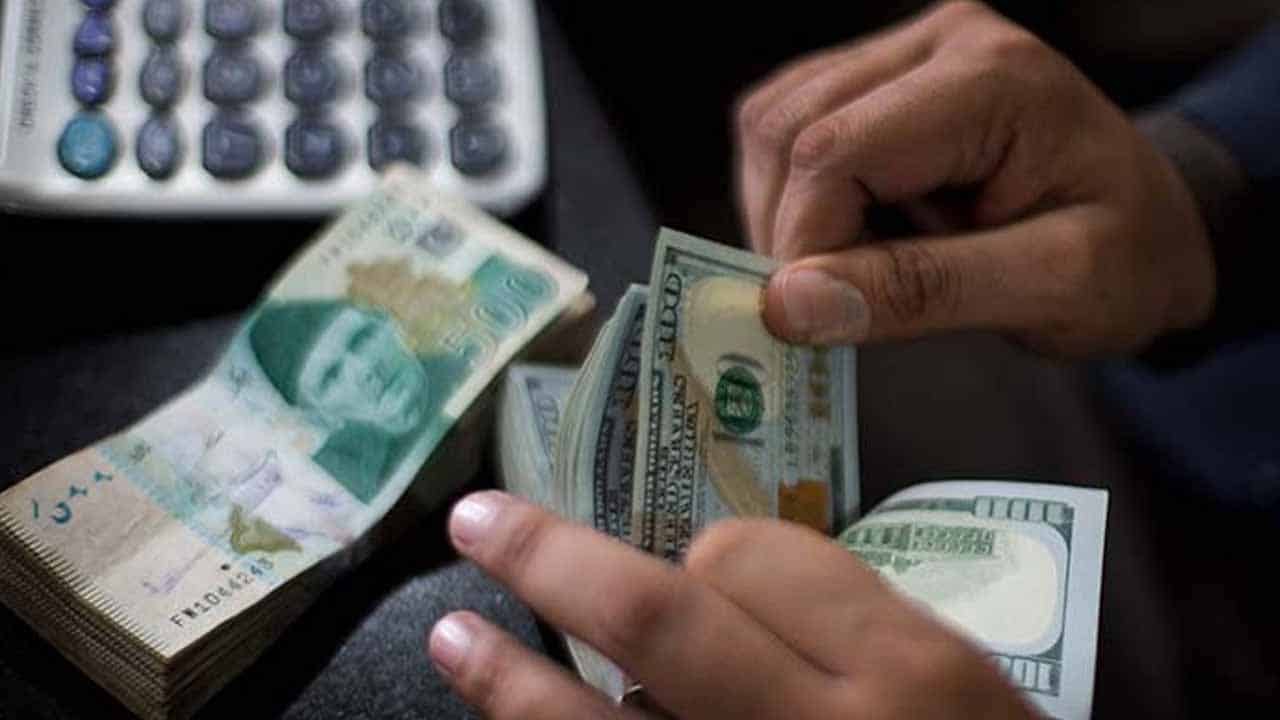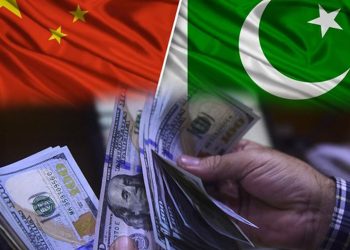The Pakistani rupee gained 0.4% against the US dollar during the first hours of trade in the interbank market on Thursday.
Around 11:40 a.m., the rupee was trading at 285.95, or Rs1.18 higher.
The move comes after the rupee gained 0.01% against the US dollar on Wednesday, finishing at 287.13.
In a significant step, Finance Minister Ishaq Dar reiterated that there is no chance of default. On Wednesday, the finance minister told the business community that existing compliant taxpayers would not be further squeezed in the future budget (2023-24), and that the budget’s priority will be on widening the tax base and documenting new taxpayers.
Dar also offered tax breaks, like as incentives for the poultry industry, to drive commodity prices down in the coming days.
Separately, the National Accounts Committee (NAC) authorized a 0.29% estimated provisional GDP growth rate for the current fiscal year 2022-23, compared to 6.1% for the previous fiscal year 2021-22.
According to sources, the NAC meeting will discuss the final, revised, and provisional GDP forecasts for 2020-21, 2021-22, and 2022-23.
The current GDP growth forecast by the national accounts committee is lower than the World Bank’s estimate of 0.4%, while the IMF predicted a 0.5% increase in April.
Globally, the US dollar rose to a two-month high against the euro and a six-month high against the yen on Thursday, as traders reduced their expectations on rate cuts this year due to a solid US economy.
The dollar has also benefited from demand for safe-haven assets, despite the fact that a US debt ceiling deadlock threatens a calamitous default as early as June 1, when the Treasury has warned it will be unable to pay all of its debts.
The US dollar index, which compares the US currency to six other currencies, including the euro and yen, hit a two-month high of 104.01.
Oil prices, a crucial indicator of currency parity, dipped in early Asian trading on Thursday as investors evaluated the potential of more OPEC+ output cuts against the prospect of the US avoiding a debt default.






